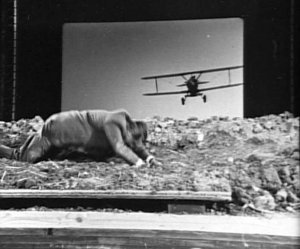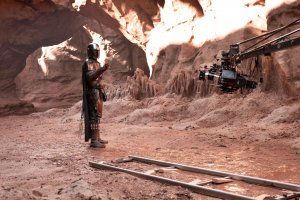The Moiré is the reason why you have to replace the background digitally. Thus why you can use an LED screen for lighting and actor interaction, you still need to fix it in post.
And why they are taking such great pains to avoid it, is a clear indicator that they are capturing this photographically.
So when they say the majority of shots were captured in camera. They mean photographically, through the lens.
They are recording the images on the wall through the lens, like I have been saying all along.
![[H]ard|Forum](/styles/hardforum/xenforo/logo_dark.png)



